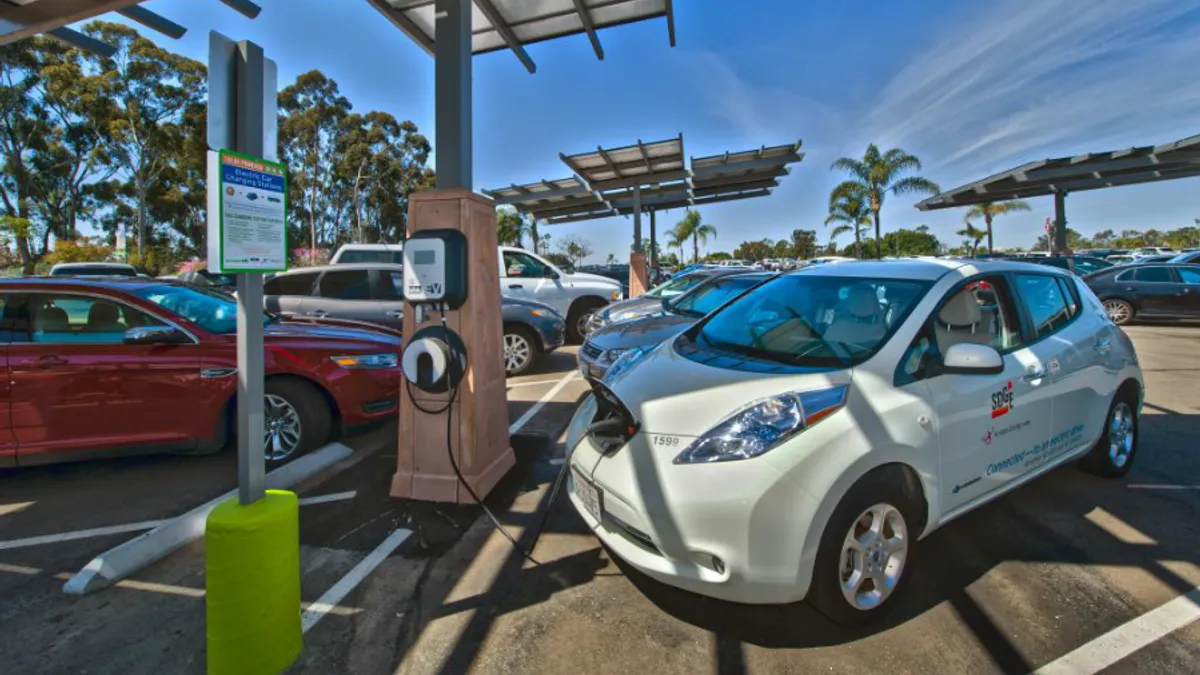Dive Brief:
- The Electric Power Research Institute’s (EPRI) The Integrated Grid: Realizing the Full Value of Central and Distributed Energy Resources argues that the role of distributed energy resources (DER) will become increasingly important but successful adaptation to them depends on a strong grid.
- Present standards of grid quality and reliability could be compromised by the challenges of DER’s variability, explained Jeffrey Hamel, executive director of the EPRI team that wrote the report.
- Grid operators must therefore incorporate new planning and procedures and use smart capabilities to successfully integrate DER and demand side resources.
Dive Insight:
The paper, which seems to be directed primarily at utilities and grid operators, is the first in a coming EPRI series on the transformation to the “integrated grid.” The papers will describe how the grid can be optimized at the system level to most effectively use all available options.
In its definition of DER, EPRI includes small natural-gas-fueled generators, combined heat and power plants, and electricity storage, as well as rooftop solar, small wind, and utility-scale renewables installations.
The paper goes extensively into questions about electricity markets, covering aspects like power market rules and rate structures. It acknowledges that supply and delivery can be nearly half the overall cost of electricity.
Most importantly, the paper discusses a policy and regulatory framework that provides utilities with a way to allocate and recover the costs of the transformation, including an assessment of infrastructure costs and the values of energy and capacity.














